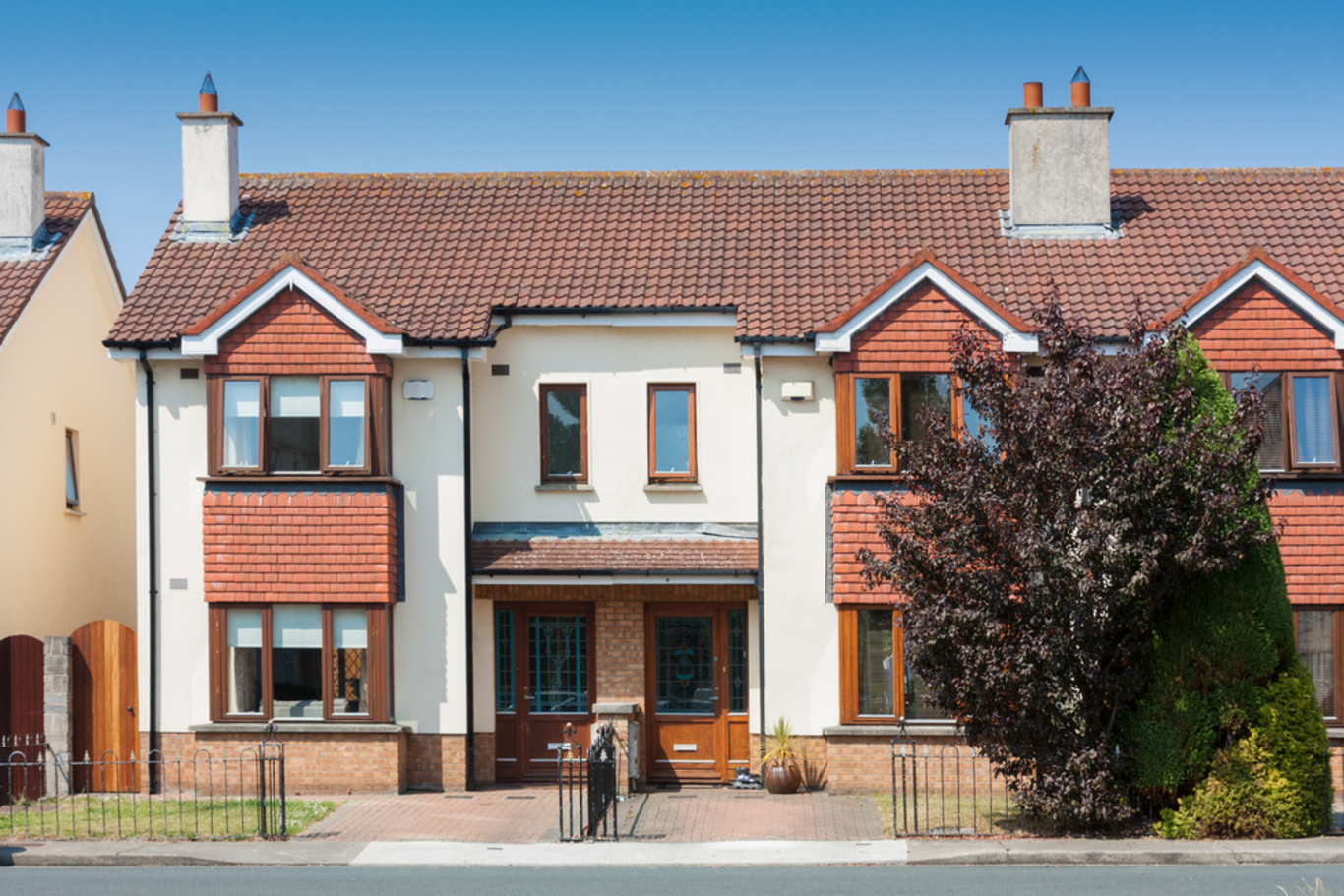Government 'putting out one fire and starting another' as more property price rises forecast
The number of homes built in 2016 was around half that needed to keep pace with demand.
NATIONAL PROPERTY PRICES are predicted to rise an average of 7% this year, with even higher rises predicted for the Leinster region.
The forecast, from the Society of Chartered Surveyors Ireland (SCSI), came with a warning that government policies were driving up demand without fixing the underlying problem of supply in the housing market.
The group today released the main findings from its annual review, which is based on a survey of 380 estate agents and chartered surveyors. The main findings were:
- 36% of respondents said Brexit has already had a negative impact on residential activity levels
- 78% of those outside Dublin believe Brexit will have a negative impact on Ireland’s economic growth
- 80% of surveyors believe the government’s help-to-buy scheme will lead to price increases in 2017, an outcome other analysts have previously flagged
- The introduction of permanent rent controls was ranked as the most negative measure for rental supply
- Commencements of residential property in 2016 were three times higher outside Dublin.
The review hints that all properties in the Leinster region, excluding Dublin, will see the greatest price increases, with 11% rises projected for one- and two-bed apartments and a rise of 10.6% forecast for three-bed semis.
By comparison, the price of a three-bed semi, the most popular house type, is predicted to rise an average of 9.4% nationally.
The survey predicts that residential rents will rise, on average, by between 8% and 10% outside rent control areas such as the Dublin region and Cork City Council area.

Ronan O’Hara, chair of the SCSI’s residential agency group, said the lack of supply, public policy and projected economic growth would continue to inflate house prices.
He said that proposals to extend the designated rent-pressure zones, where rent increases would be capped at 4% per year over a three-year period, may be well-intentioned, but they were also short-sighted.
“In our survey the introduction of permanent rent control measures was ranked as the highest negative measure that will impact upon the supply in the rental market. If this goes ahead it will discourage landlord investment in the rental market.”
He said that landlords may choose to exit the market, opening the door for more owner-occupiers to buy. While this would be some good news for purchasers, it would have the effect of further inflating rents.
“The government may be putting out one fire, but they are simply starting another,” he said.
Cause for concern
According to the report, the number of new homes completed in 2016 was likely to be 14,800 – significantly short of the estimated 30,000 properties needed to keep pace with demand.
O’Hara said that the fact that commencements outside Dublin were running at three times the rate of those in the capital, where demand was strongest, was a concern.
“By right, Dublin should be taking the lead here but it isn’t,” he said.
“The number of commencement notices is even worse. In the 10 months to October 2016, there was an 8% increase in commencements in Dublin. The figure for Munster was 44%.”
Written by Gráinne Ní Aodha and posted on TheJournal.ie






